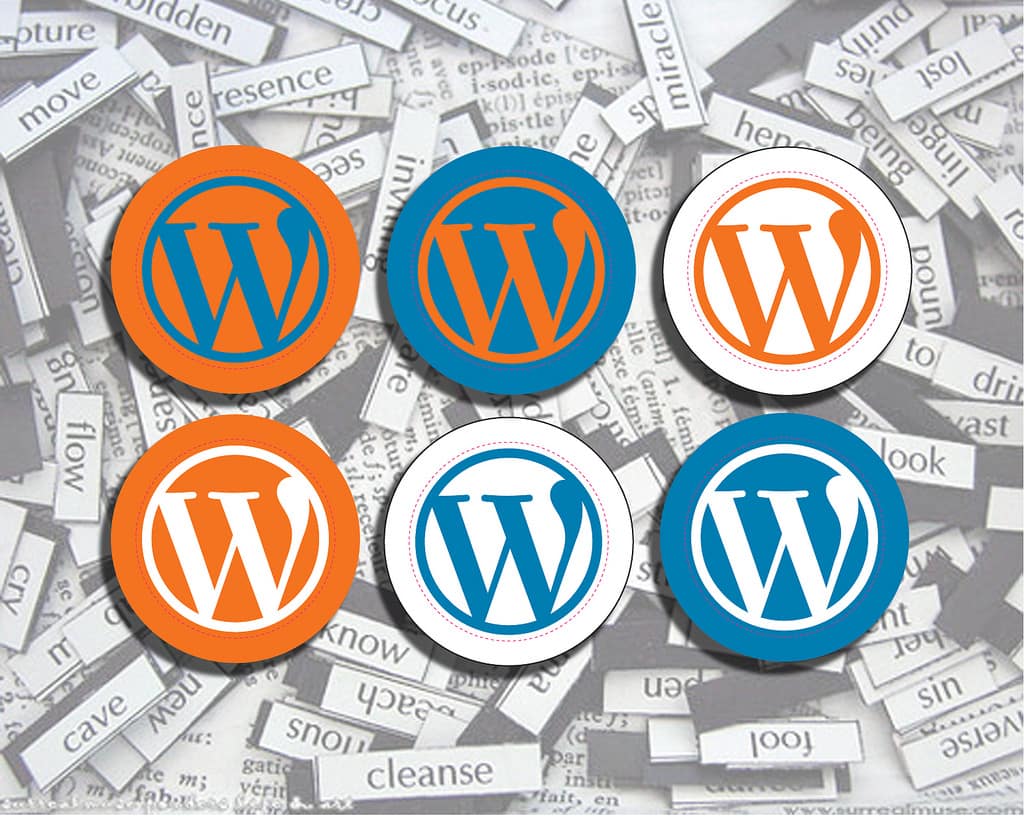Category: Wordpress
-

Which is Better: WordPress, Squarespace, or Wix?
Building Your Site: How to Choose the Best Website Platform Establishing an online presence these days is paramount for businesses – your website serves as a virtual storefront, a platform for expression, and a gateway to the global community. However, navigating the plethora of website-building platforms can be daunting. Among the most popular choices are…
-

The Power of Aesthetics: How Good Design Elevates Business Website Success
In the online realm, where attention spans are fleeting and first impressions are crucial, the design of a business website plays a pivotal role in shaping its success. Beyond mere aesthetics, good design encompasses usability, functionality, and brand identity, influencing user perception, engagement, and ultimately, conversion rates. Investing in thoughtful design is a strategic imperative…
-

5 Effective Ways to Boost Website Traffic Organically (without paying for ads)
Attracting visitors to your website without relying on paid ads has become both an art and a science. While paid advertising can undoubtedly drive traffic, mastering organic methods not only saves on costs but also fosters sustainable growth and long-term success. Whether you’re a seasoned web admin or a newcomer to the field, this comprehensive…
-

Can you get better SEO with WordPress or Shopify?
Recent years have seen the rise of many hosted website and ecommerce solutions such as Wix, Square Space and Shopify. These can be good solutions for many small businesses, but its important to know certain things about how SEO works within these platforms before making your decision about which platform is best for your website.…
-

Is WordPress a Safe Platform for my Website?
WordPress is the world’s most-used content management software for small and medium sized websites, powering more than 1 in every 4 websites total. Because it is such a heavily used software platform, when a vulnerability is discovered, it means that more site owners are put at risk. As a result, many people believe that WordPress…
-

Maintaining Your WordPress Website
A website is like an organism – it grows, it changes, and it evolves over time, a lot like your company. As technology expands and improves throughout the internet, so must your website to accommodate those improvements and stay compatible. Falling behind the technology curve can mean exponential losses in readership or site traffic. With…
-

Choosing Plugins Wisely: Protect your WordPress site against hacking through plugins
1. Download plugins only from reputable sources. For free plugins, this means WordPress.org only! Since anyone can create a WordPress plugin, hackers can exploit this vulnerability to hide their own nefarious plugin. The WordPress.org plugin library will only offer plugins that are known to be safe. Other software sources that offer paid plugins such as…
-

-

Keeping your WordPress site secure
WordPress has revolutionized the internet and provided easy-to-use access to millions of users with limited development capabilities. While it is perhaps one of the most useful tools out there, it is also one of the most vulnerable. WordPress works with a coding language called PHP (Hypertext Preprocessor which allows for scripts to be integrated into…
-

Brute Force Attacks
We are currently monitoring the largest distributed brute force attack on WordPress installations that we’ve seen to date. A brute force attack is when an attacker tries many times to guess your username password combination by repeatedly attempting to login to your admin panel. A distributed brute force attack is when an attacker uses a…
